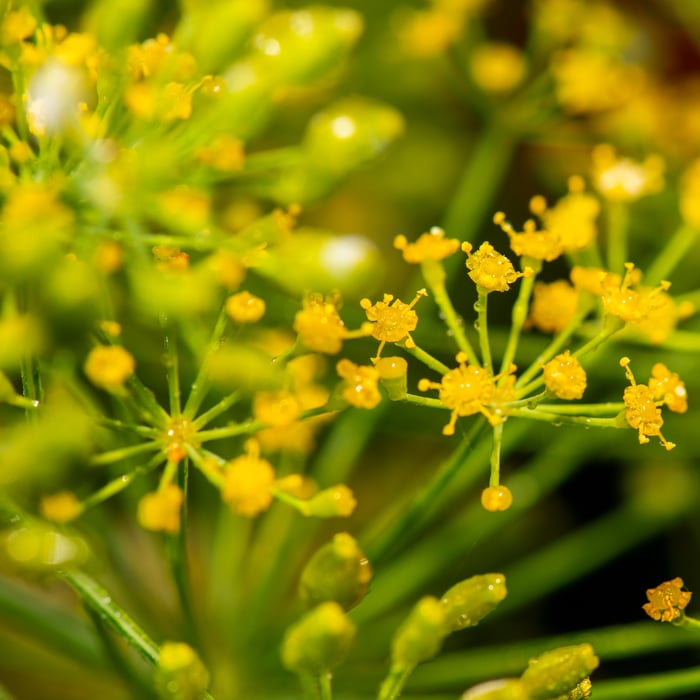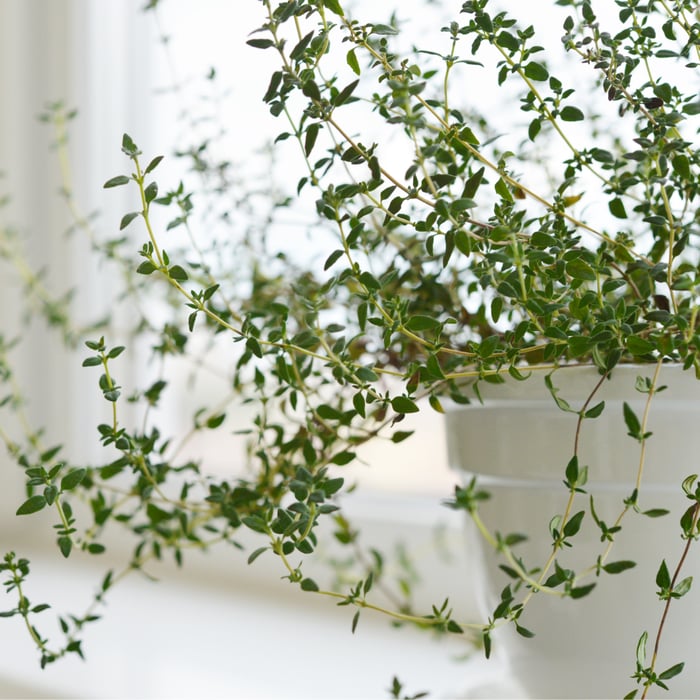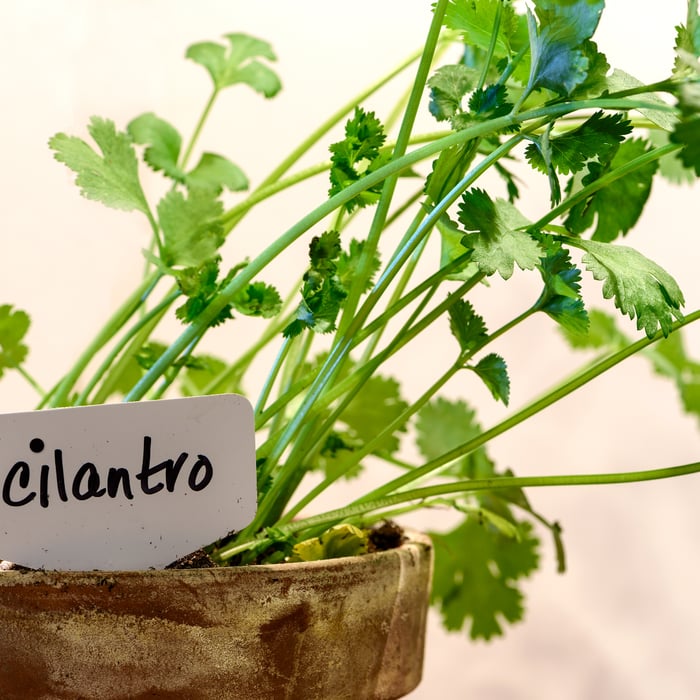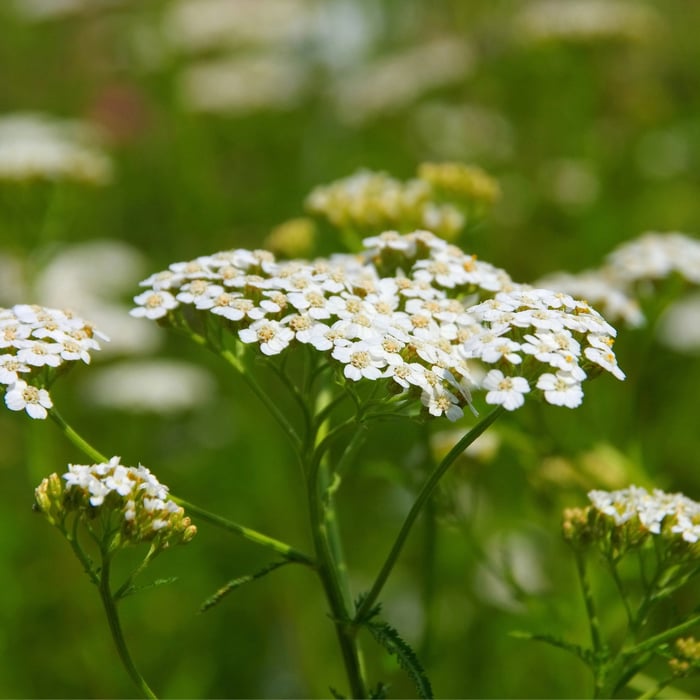Dill (Anethum graveolens) is a popular herb that is widely used in many cuisines. It's an easy-to-grow herb that can be grown from either dill seeds or cuttings. In this article, we will focus on how to grow dill from cuttings.
When to Grow Dill Cuttings
Dill plants grow best during the early summer. This is the perfect time to start growing dill cuttings, as the weather is warm and sunny. When you grow dill from cuttings, you can expect a quicker harvest time than when you grow it from seeds.
How to Take Dill Cuttings
Taking dill cuttings is simple. You'll need to wait until your dill plant is at least 6 inches tall before you start. Cut off a 4-inch stem from the top of the plant, making sure to include at least one set of leaves. Remove the lower leaves and place the stem in a glass of water, with the remaining leaves above the waterline. Alternatively, you can also plant the cutting directly in the soil.
Rooting Dill Cuttings
Dill cuttings can be rooted in water or soil. To root the cuttings in water, place the glass in a well-lit area but avoid direct sunlight. Change the water every few days to prevent the growth of bacteria and fungi. In about a week, the cutting should start developing roots.
To root the cutting in soil, prepare a pot with well-draining soil. Dip the end of the cutting in rooting hormone powder and gently plant it in the soil, making sure to keep the soil moist but not waterlogged. Place the pot in a sunny location with good air circulation. In about two weeks, the cutting should have developed roots and new growth.
Popular Herb Seeds for Planting | 35 Variety Pack
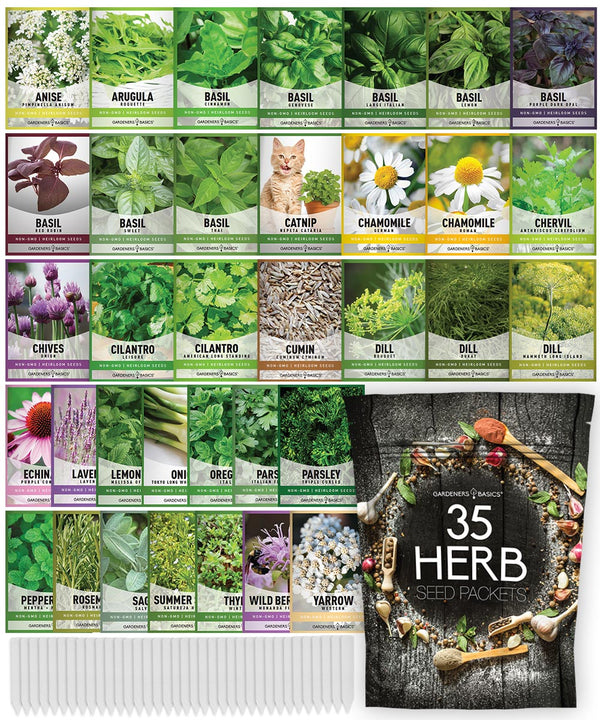
$29.95
$49.95
Heirloom, non-GMO herb seeds for indoor and outdoor home gardens! Introducing our 35 Herb Seeds Variety Pack, the ultimate selection for any herb garden enthusiast! This premium assortment includes heirloom herb seeds that are non-hybrid, open-pollinated, and non-GMO, ensuring you get only… read more
Growing Dill from Cuttings
Once the dill cutting has rooted, it's time to transplant it to a larger pot or to your herb garden. When transplanting, be careful not to disturb the roots. Make sure to keep the soil moist, but avoid overwatering as this can lead to root rot. Dill plants prefer light conditions with full sun to partial shade, and they do well in well-draining soil.
It's important to note that dill plants can grow up to 3 feet tall, so make sure to provide enough space for them to grow. You can also pinch back the plant to promote bushier growth.
Here are some additional tips for growing dill:
- Plant dill in a location with good air circulation to prevent fungal diseases.
- Avoid planting dill near fennel, as they can cross-pollinate and create an undesirable hybrid.
- Dill attracts beneficial insects to your garden, such as ladybugs and lacewings, which can help control pests.
Harvesting Dill
You can start harvesting dill leaves once the plant has grown to at least 12 inches tall. Use scissors to cut the leaves from the stem, leaving at least two sets of leaves on the stem to promote further growth. When harvesting, avoid taking more than one-third of the plant's foliage at once, as this can stress the plant.
It's best to harvest dill leaves early in the morning when the oils are the most concentrated. This will give your dishes the most flavor.
Common Problems and Solutions
One common problem with growing dill is overwatering. Dill plants prefer well-draining soil and can be susceptible to root rot if the soil is too wet. Make sure to let the soil dry out between waterings, and avoid getting the leaves wet when watering.
Another issue with growing dill is pests, such as aphids and spider mites. To prevent pests, keep the plant healthy by providing the right growing conditions and regularly checking for any signs of infestation. If you do notice pests, you can use an insecticidal soap or neem oil to control them.
Here are some additional tips for preventing pests:
- Keep the area around your dill plant free of debris, such as fallen leaves and weeds, as this can attract pests.
- Introduce beneficial insects to your garden, such as ladybugs and praying mantises, which can help control pests.
- Rotate your crops each year to prevent pests from becoming established in the soil.
Culinary Uses for Dill
Dill is a versatile herb that can be used in many dishes. Here are some culinary uses for dill:
- Add dill to potato salad for a fresh and tangy flavor.
- Use dill in marinades for fish and seafood dishes.
- Mix dill into sour cream or yogurt for a flavorful dip.
- Add dill to scrambled eggs for a savory breakfast.
- Use dill in salad dressings for a bright and refreshing flavor.
Medicinal Properties of Dill
In addition to its culinary uses, dill also has medicinal properties. It's been used for centuries to help with digestive issues, such as bloating and indigestion. Dill oil is also used in aromatherapy to help with stress and anxiety.
Here are some of the medicinal properties of dill:
- Dill contains compounds that can help relax the muscles in the digestive tract, which can ease symptoms of bloating and indigestion.
- Dill is a natural diuretic, which can help flush out excess fluids and toxins from the body.
- Dill oil has a calming effect on the nervous system, which can help reduce stress and anxiety.
Herb Seed Assortment | 15 Variety Pack
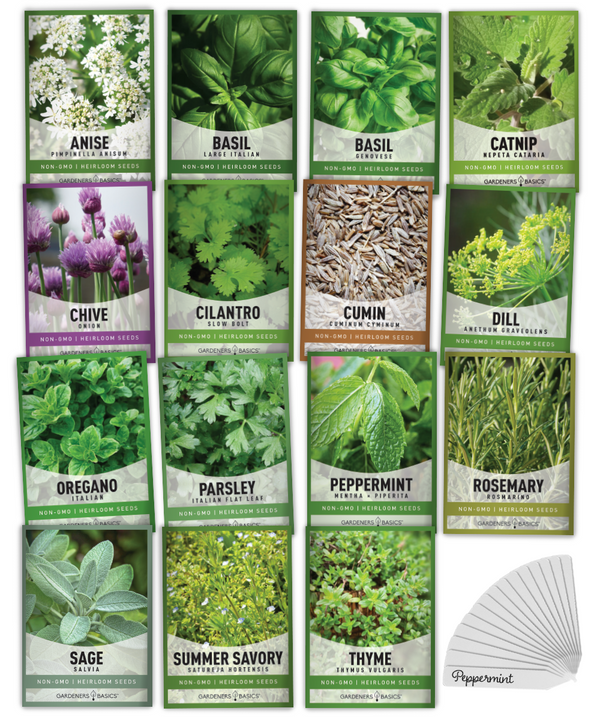
$19.95
Unlock the Power of Homegrown Herbs: 15 Heirloom Herb Seeds for Sustainable Gardening Introducing our 15 Herb Seeds Variety Pack—the ultimate collection for any home gardener, herbalist, or culinary enthusiast looking to grow fresh, flavorful herbs. Each of the 15 herb… read more
Conclusion
Growing dill from cuttings is an easy and rewarding process. By following the steps outlined above, you can enjoy fresh dill leaves throughout the growing season. Remember to provide the right growing conditions for your dill plant, including adequate light, well-draining soil, and proper watering. With a little care and attention, you can have a thriving dill plant in your herb garden in no time.
Whether you're using dill for its culinary or medicinal properties, it's a versatile herb that's worth adding to your repertoire. So why not try growing dill from cuttings this year and see what delicious and healthful dishes you can create with this fragrant and flavorful herb?
FAQ
Q: Can I grow dill indoors?
A: Yes, dill can be grown indoors as long as it has access to plenty of sunlight and well-draining soil.
Q: How long does it take for dill cuttings to root?
A: Dill cuttings should start developing roots in about a week if they are rooted in water, and in about two weeks if they are rooted in soil.
Q: Can I plant dill cuttings directly in the ground?
A: While it's possible to plant dill cuttings directly in the ground, it's generally easier to root them in water or soil first and then transplant them to the ground once they have developed roots.
Q: Can I harvest dill leaves from a cutting?
A: Yes, once the dill cutting has grown to at least 12 inches tall, you can start harvesting the leaves by cutting them off with scissors.
Q: How do I prevent pests from infesting my dill plant?
A: To prevent pests, keep the plant healthy by providing the right growing conditions and regularly checking for any signs of infestation. You can also use insecticidal soap or neem oil to control pests if necessary.
Q: How often should I water my dill plant?
A: Dill plants prefer well-draining soil and should be watered when the soil has dried out. Avoid overwatering, as this can lead to root rot.
Q: What are some common culinary uses for dill?
A: Dill is a versatile herb that can be used in many dishes, including soups, stews, salads, and more. It's particularly popular in Scandinavian and Eastern European cuisine.
Q: Can dill be used for medicinal purposes?
A: Yes, dill has been used for centuries to help with digestive issues, such as bloating and indigestion. Dill oil is also used in aromatherapy to help with stress and anxiety.
Q: Is it possible to grow dill from seeds?
A: Yes, dill can be grown from seeds. However, growing dill from cuttings is a quicker way to get a harvest.
Q: Can I freeze dill leaves for later use?
A: Yes, dill leaves can be frozen for later use. Simply wash and dry the leaves, chop them up, and place them in an airtight container or freezer bag.



